Category Archives: Biosecurity ICTS-RLASB

Viral comments (44): Postgraduate course in Biosecurity, the path is made by walking
Last week finished the postgraduate course BIOSAFETY AND BIOCONTAINMENT STRATEGIES, taught in Spanish, coordinated academically by Dr. Antonio Villaverde and organized by the Faculty of Biociences and Faculty of Veterinary Medicine, with the support of the UAB’s Environment Office and of the Spanish Biosafety Association (AEBioS).
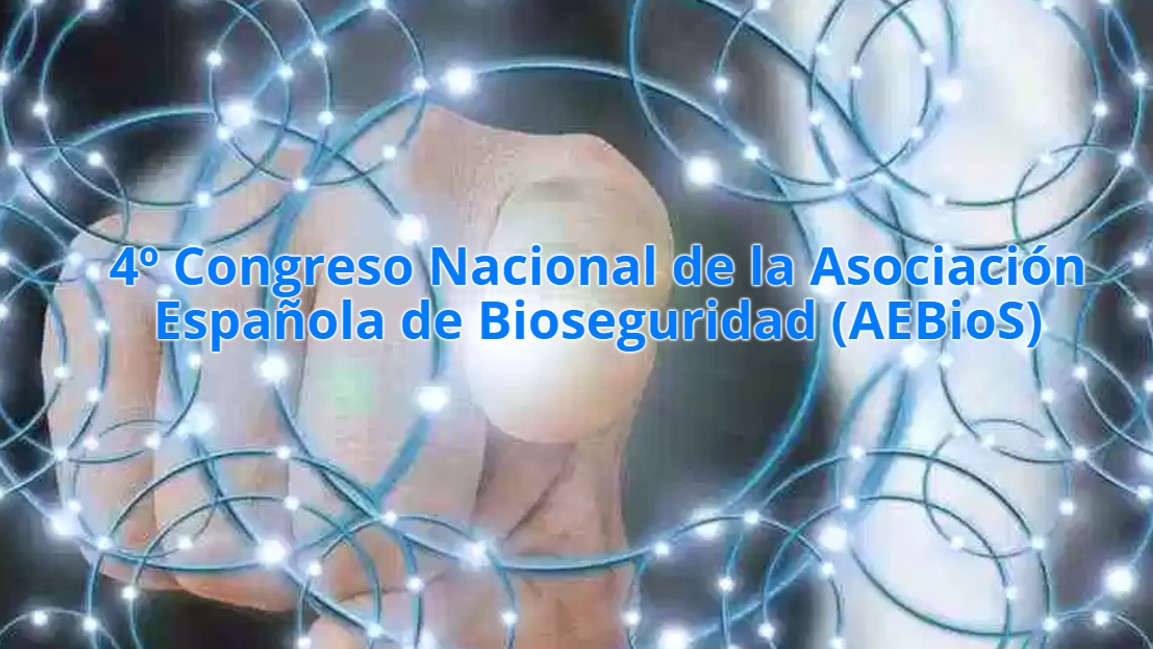
Viral comments (41): AEBioS 2018, congress of biosafety in Salamanca
At the end of next week, from 3 to 5 of October, AEBioS, the Spanish Association of Biosafety will hold its 4th congress, this time in Salamanca. For more information you can access its website.
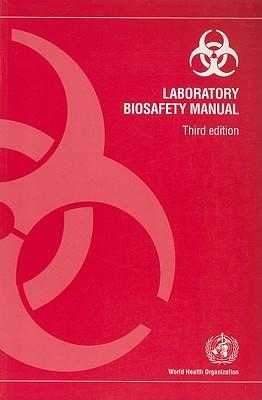
Viral Comments (40): Biosafety through risk assessments. More flexibility, for sure, but more dispersion aswell?
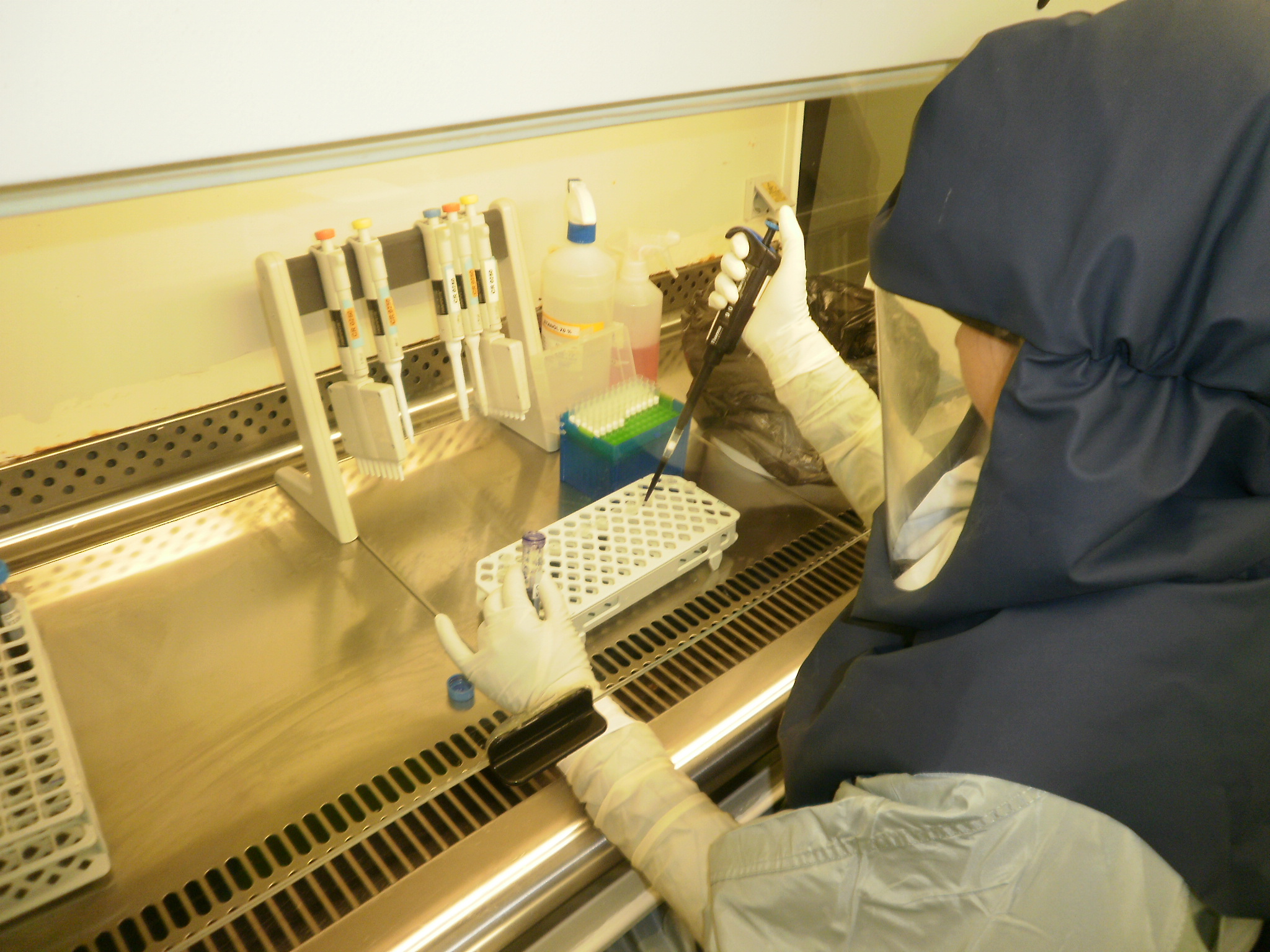
Viral comments (39): Infectious Diseases One Health Master at CReSA; a path that starts with a lot of road to walk.
Emerging and re-emerging diseases have fuelled the construction and operation of high number of high biocontainment facilities (or Biosafety level 3) and maximum biocontainment (Biosafety level 4) facilities. Only those centres can manipulate and propagate hazardous and easily transmissible pathogens, even lethal ones, safely. This implies that professionals dedicated to issues of emerging or re-emerging infectious diseases, and in particular also zoonotic diseases, should have not only theoretical knowledge, but also practical, of the facilities in which they will potentially work or that they should manage in the future.

Viral comments (38): Biosafety will be sustainable and proportionate or it will not prevail
For almost three decades (the first edition of LBM, Laboratory Biosafety Manual of the World Health Organization, WHO, is from 1983) Biosafety has been implanted, stumbling in some cases, in different countries of different continents. Biosafety grouped and groups together a set of techniques and procedures that seek to control exposure to pathogens, protecting the laboratorial workforce, but also the community that surrounds them, in the face of involuntary or accidental releases.

IRTA-CReSA collaborates with the Course on Biosafety and Biocontainment strategies, from the UAB
The latest edition of the Postgraduate Course in Biosafety and Biocontainment strategies, which took place on the campus of the Universitat Autònoma de Barcelona (UAB), between October the 3th and 7th has included the collaboration, as in previous editions, of IRTA-CReSA staff. This fifth edition definitely consolidates this “veteran” graduate course in biosafety and biocontainment as a benchmark for training in biosafety and biocontainment in Spain, as it has been fully booked and has left some applicants on the waiting list for the next edition. It is a symptom of the growing interest that these issues have among students, or those people simply interested in the various life sciences fields.
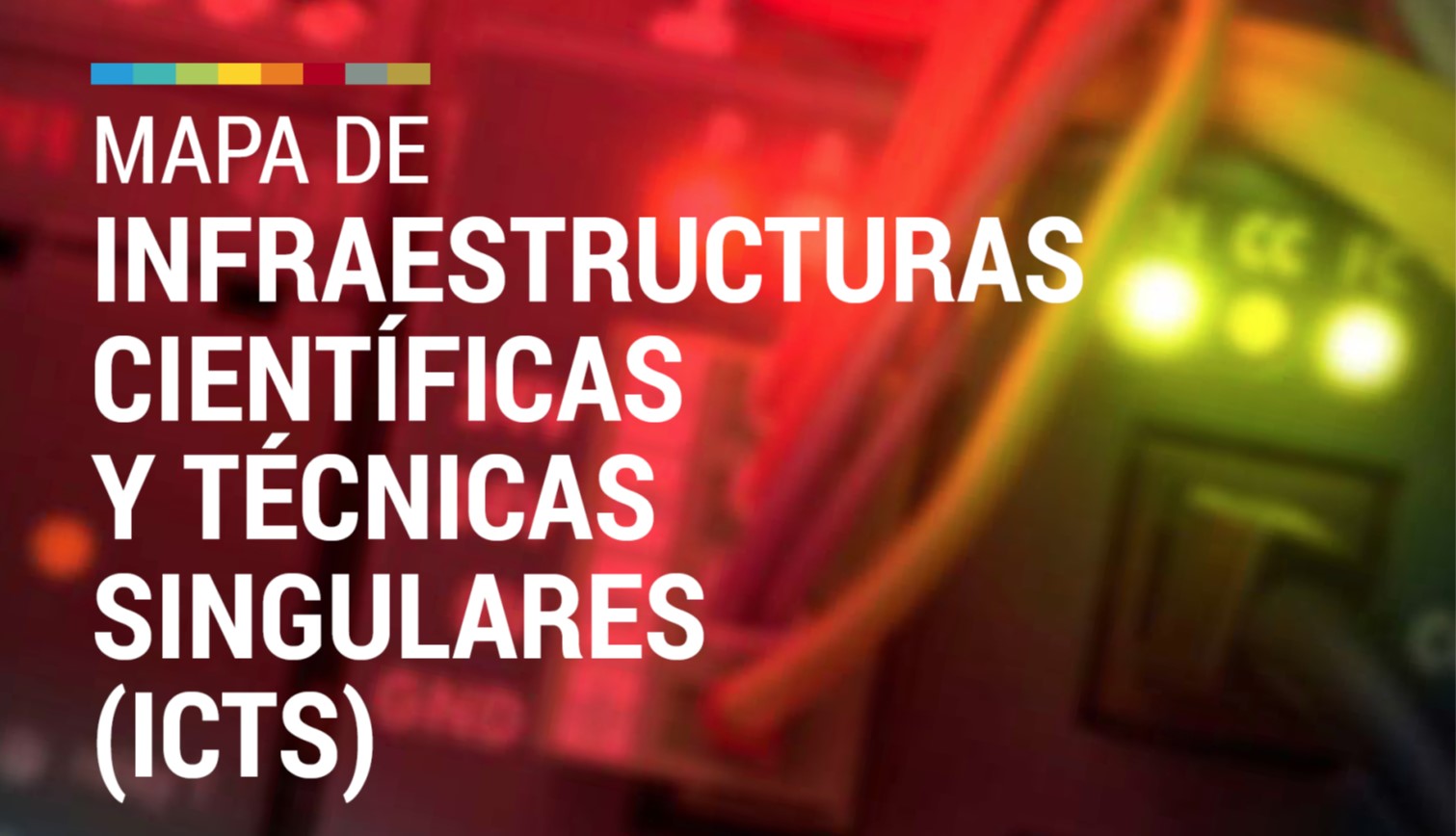
Viral comments (20): CReSA is an ICTS? And what is an ICTS?
Science can be done with a few resources but good ideas, better questions and a lot of brains. But much of modern science requires big infrastructures … and a lots of brains to use them.
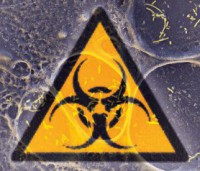
Viral comments (17): Biosafety in Europe; harmonizing and leaving a Catalonian mark
The last viral emergences with impact in the mass media (Ebola, MERS – Coronavirus, Chikungunya) has been nurturing the need of a good practice in the design, use, maintenance of laboratories or facilities where it is manipulated pathogens with high riskiness and with severe consequences in case of its involuntary or malicious liberation. Therefore the importance to develop continuous training in this field.








